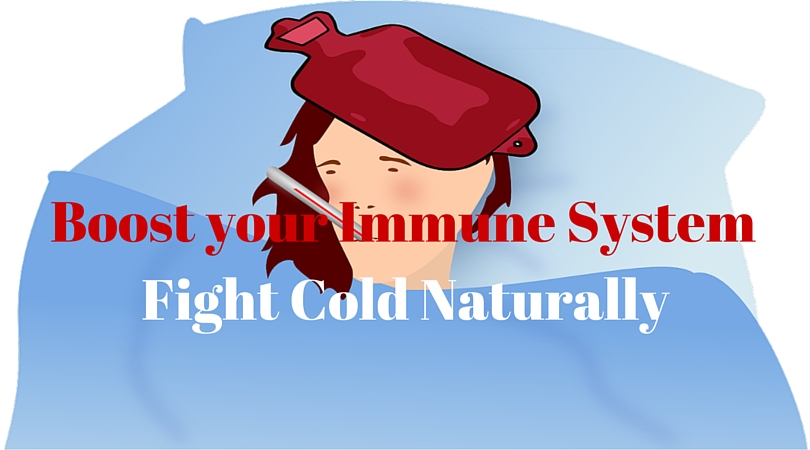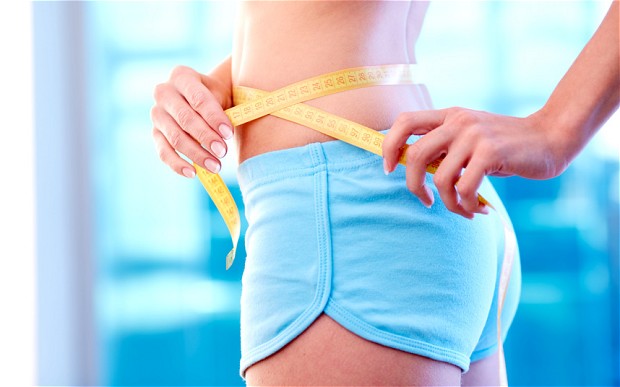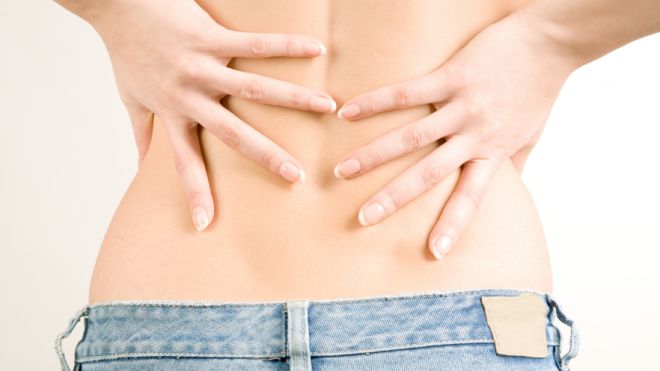 Some experts argue that the obesity epidemic is caused by eating sugar rather than the fat. Kerry Torrens, Good Food nutritionist teaches you to track down the sugar in products that you could not even imagine it existed .
Some experts argue that the obesity epidemic is caused by eating sugar rather than the fat. Kerry Torrens, Good Food nutritionist teaches you to track down the sugar in products that you could not even imagine it existed .
The instantaneous effect that sugar has on us is one of the reasons that we crave for sweets. It creates a good feeling of comfort that we seek in every moment, especially when we have reasons to celebrate something. However, even those who do not like desserts might consume more sugar than they are aware of. It is hidden in all our daily foods from grain and bread to pasta sauces.
The problem is that sugar provides energy in the form of calories and … that’s about it. Our body uses nutrients from other foods taken in order to metabolize the amount of sugar in the body. This affects our health, including immunity, the body becomes vulnerable to colds and other illnesses.
Also, sugar causes blood sugar fluctuations, which in turn causes cravings for “something sweet”, which sometimes is beyond control. It is a vicious circle that causes weight problems, diabetes and heart disease.
Beware of hidden sugar
• Products low in fat typically contain a larger amount of sugar in order to enhance their flavor and texture.
• Soups, sauces and other packed dishes contain sugar.
• A can of soft drink contains on average the equivalent of 7 teaspoons of sugar – almost half of the recommended daily dose.
• Even the amount of sugar in some fruits, including apples, significantly increased with the emerging new varieties, created to satisfy our sweet cravings.
What is the maximum amount allowed per day?
There are two types of sugars: those that are found naturally in foods (such as lactose in milk) and the ones which are added (including honey and fruit juices). The maximum allowable daily dose for an adult is 90g. But added sugars should be limited to 50g (13 teaspoons) per day, the equivalent of 2 cans of soft drinks.
Check the label
Discover where the sugar is hiding ,by verifying rapidly this information:
1. In the nutritional value table look at the carbohydrate content. Add this amount to the amount of sugars displayed. Remember that 5g per 100g means low, and more than 15g per 100g already shows a high sugar content.
2. Check the name of the ingredients. Those ending in “ose” (glucose, sucrose, fructose, lactose, maltose, sucralose) plus honey, agave syrup, molasses and syrups are different forms of sugars. The higher they are in the nutritional value table, the higer is
3. Be careful of substitutes. For example, xylitol, sorbitol and mannitol are sugar substances with less sugar content than that found naturally in some plants and fruit. Usually they are used in dietary foods because they have fewer calories than regular sugar.
Q: My low in fat diet does not work, where did I go wrong?
R: First, sugar is not only the white powder they put on cakes. Many foods such as bread, pasta and rice consist of sugars which are broken down during digestion. These foods, like sugar, cause blood sugar fluctuations that lead to cravings for “something sweet”. Keep in mind that everything you eat in excess, including sugars are transformed into fat deposits. Most low in fat diets are rich in these types of foods, so use little tricks to change something in your diet:
Replace white bread, rice and pasta with whole food: oatmeal bread, bran and seeds, brown rice and whole grains pasta. Avoid low in fat diets, which tend to be rich in sugar and eat regular food only in smaller quantities.
Be careful with ‘diet’ food which contains synthetic sweeteners such as sucralose, saccharin and aspartame. Even if they are sweet, they do not satisfy your “sweet tooth” and send confusing messages to the brain. So you get to eat more than you need.
Balance the amount of carbohydrates consumed with lean protein (fish, chicken, turkey). Proteins slow digestion and you’ll be able to control the cravings.
Limit yourself to a glass of fruit juice a day (or dilute it) and keep the soft drinks and alcohol for the weekend. Instead, quench your thirst with tea and water with lemon or orange slices.
For extra energy, enjoy a fresh fruit, a handful of nuts or a jar of yogurt. All these contain proteins that will slow down the digestion. Or use chard, a natural sweetener, sweeter than sugar, but the thing is it does not cause fluctuations in blood sugar.








